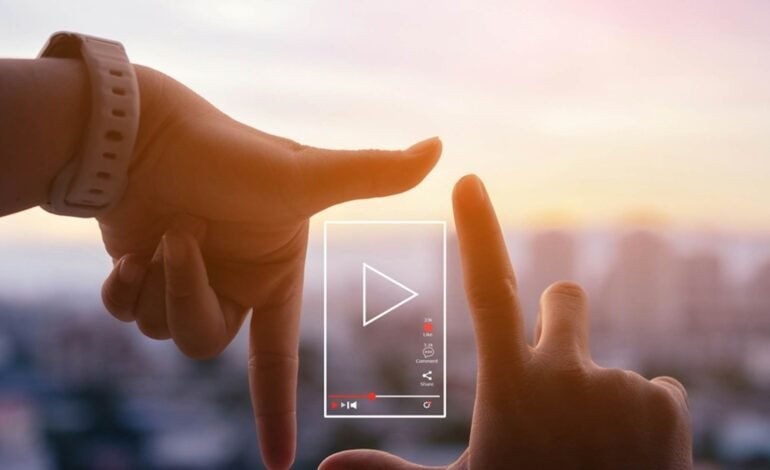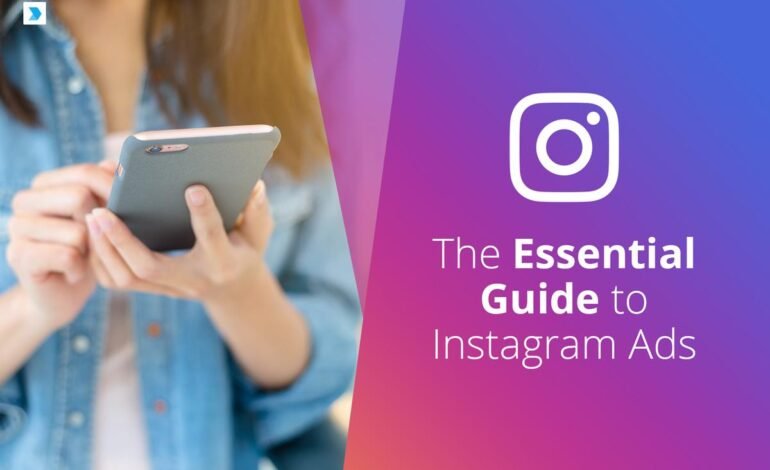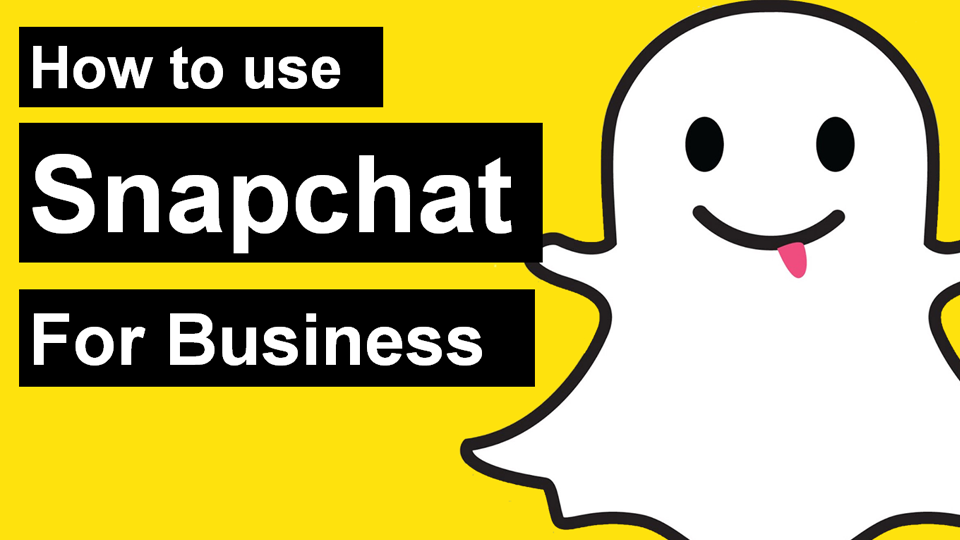10 Irresistible Video Content Tips for Users

A picture is worth a thousand words… and if the image is moving, even better! Video content is an essential part of many marketers’ plans, as it is very effective content that is increasingly popular with users.
But like any other content, videos can be a hit and become viral or go completely unnoticed. If you want yours to be among the first, take note of these 10 keys from Content Marketing Institute to create irresistible video content.
How to Create Compelling Video Content: 10 Key Tricks
1# Tell a story
Storytelling is one of marketing’s oldest tricks… and rightly so, as it almost always works. But what exactly do we mean by “tell a story”?
To tell a story, we need to create dramatic tension. Think about the parts of a story you were taught in school:
- In the beginning or introduction, the characters, the place, and the beginning of the action are introduced. It is essential to have a protagonist that the audience can recognize.
- In the development of the knot, the story begins to unfold, and a conflict arises that the character must overcome. Will he succeed?
- And finally, in the denouement, the conflict is resolved. (“They were happy and ate partridges”).
These three phases are the pillars you should have when planning your video. Even if the final product is less than a minute long, it needs to be outlined so that the audience can follow the story.
2# Appeal to emotions
Once again, we are facing a very old trick: the appeal to emotions or “pathos” to move the audience was one of the pillars of persuasion according to Aristotle. And this is where video stands out, since it is much easier to convey emotions through this medium than with written text.
To properly use this resource in your video content, you will have to get the right emotions for your brand and your goal. For example, if your company is a software startup, you are probably looking to inspire people, give them energy, and make them believe that they are going to take on the world with you. If it is an NGO, you are probably looking to appeal to solidarity and collaboration. And whatever you do, keep your audience and their values in mind to find a message that fits their way of seeing the world.
3# Use humor, but with care
Humor is a very powerful resource, but also one of the most complicated. If you’ve ever told a joke and no one laughed, you know what I mean. Simply, sometimes it works and sometimes it doesn’t.
Making people laugh is an art. If you want to have a chance of achieving this, you need to know your audience thoroughly to hit the right tone.
If you manage to create video content that makes users go wild, you’ll have a lot of points to go viral. But laughter alone is not enough: you also have to be clear about what the end goal of the video is and how you are going to achieve it.
4# Pay attention to the audio
We know that videos often play without audio, especially in some locations like Facebook’s News Feed. So you need to create videos that can be understood without the need for audio… But at the same time, you have to make sure that users who do listen to it are left with the feeling that it was worth it.
Audio issues are a plague on medium-low budget videos and can ruin the experience entirely. To ensure it doesn’t happen to you, follow these tips:
- Record the sound in a quiet room (in a pinch, even a closet can do).
- Use a quality microphone: at least, that is not the one on your mobile.
- Choose the right music. It is one of the most important elements to set the tone and atmosphere of a scene. Of course, keep in mind that it is not always necessary, and do not insist on including it at all costs.
5# Put subtitles
The sound section is very important, but as we have just seen, you also need users to be able to understand your videos without sound. And this is where subtitles come into play.
In addition to making your content easier to understand, subtitles can be used to highlight the main messages of a video. Even when we’re listening to something, reading it at the same time reinforces comprehension and memorization and ensures that nothing important is overlooked.
Just don’t be tempted to use YouTube or Facebook’s automatic captioning feature, as its quality often leaves a lot to be desired. At the very least, have a human go over the subtitles and correct the errors.
6# Use color intentionally
The intelligent use of color is a resource widely used in cinema. Case in point: the Coen brothers’ film “O Brother!” was shot in Mississippi during the summer, so the green color of the vegetation predominated in the scenes. But the film recounts events that occurred during the Great Depression, so to reflect the atmosphere of poverty and scarcity, the directors digitally modified the color to make the vegetation appear browner.
Moral: Even if you’re not an Oscar contender, you can use color intentionally in your videos to highlight certain elements or create a special atmosphere.
7# Get things moving
Few things have more potential to bore your audience than totally static video content (e.g., a fixed camera interview).
No hard and fast rule dictates how much movement is needed in a video, but for reference, TV shows and movies often change angles or scenes every two to three seconds. Viewers are used to changes in the landscape, close-ups, background movement, and other resources to add dynamism.
It seems that humans are biologically designed to pay attention to the movement around us, a fairly sensible strategy if you live in a jungle full of threats. In conclusion: whatever you do, don’t stand still!
8# Include faces in your video content
Another universal characteristic of human beings is that faces powerfully attract our attention from the earliest childhood. We see faces even where there are no faces (for example, on the surface of the moon or in the spots on a wall).
Of course, this very human tendency carries over to videos: when we see a human face (friendly or not), we are drawn to it and want to keep looking. Brands take advantage of this trend to associate charismatic or famous faces with their products. For example, if you think of Mr. Clean or the Christmas Lottery, the faces of the protagonists of their ads will surely come to mind.
So when shooting your videos, don’t think that showing your products is enough. We want to see humans!
9# Put a call to action
Ultimately, all of your video content should have a clear goal beyond attracting views. If the audience is not called upon to react in some way, the video will quickly fall into oblivion among the pile of content that surrounds us every day.
Therefore, consider including some kind of interactive element in your videos, even if it’s a YouTube comment or a link in the presentation text. The idea is that users have somewhere to click and continue interacting with your brand. Make it very easy for them!
10# And then what?
The work doesn’t end when the user finishes watching the video. On the contrary, watching your video can be the beginning of a beautiful friendship between you and your audience.
There are many options to continue interacting with the user: you can run retargeting campaigns among people who have watched your videos, show them a related video, take them to a landing page, or even encourage them to visit your store.
Ultimately, your video should be part of a step-by-step customer journey. After watching your video, what would your ideal customer want to do, and how can you satisfy that desire?
Finally, remember that no strategy is complete without a good measurement system. Think about what the most relevant metrics in your videos are, the ones that contribute to the goals, and measure them over time. With new attribution tools, you’ll be able to see the impact of your video content throughout the entire conversion funnel and know what’s working to make better and better videos.










